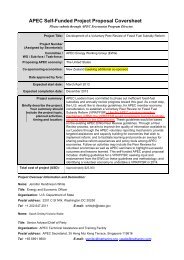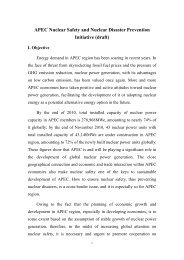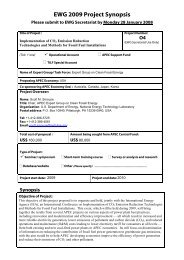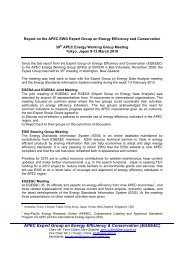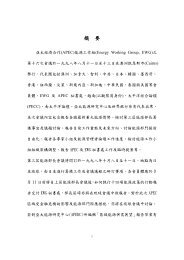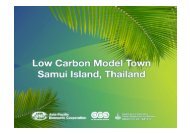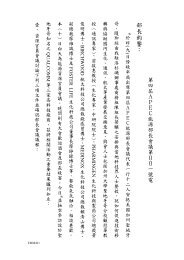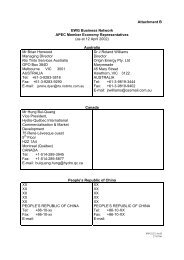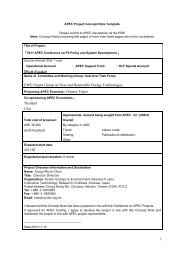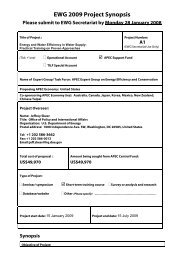IEA analysis of fossil-fuel subsidies for APEC
IEA analysis of fossil-fuel subsidies for APEC
IEA analysis of fossil-fuel subsidies for APEC
- No tags were found...
You also want an ePaper? Increase the reach of your titles
YUMPU automatically turns print PDFs into web optimized ePapers that Google loves.
Quantifying <strong>fossil</strong>-<strong>fuel</strong> consumption<strong>subsidies</strong> using the price-gap approach• A price-gap is the amount that an end-use price is below the full cost <strong>of</strong>supply or reference price• It is applicable where end-use prices are regulated and fall short <strong>of</strong>international market levels© OECD/<strong>IEA</strong> 2011‣ Does not capture: production <strong>subsidies</strong>, rebates to consumers, the effect <strong>of</strong>cross-<strong>subsidies</strong>, cost <strong>of</strong> investing in new capacity (electricity)• What costs are represented by estimates from the price-gap approach?‣ For net exporters, these are essentially opportunity costs‣ For net importers, these are estimates <strong>of</strong> direct, budgetary transfers• Relevant calculations‣ Subsidy = (reference price – end-use price) * consumption‣ Reference price (<strong>fuel</strong>s) = int’l price (quality adj) +/- freight & insurance + localdistribution + VAT‣ Reference price <strong>for</strong> electricity is based on annual average-cost pricing: calculatedfrom a weighted average <strong>of</strong> the cost <strong>of</strong> electricity production (according to specificpower mix), plus transmission and distribution



